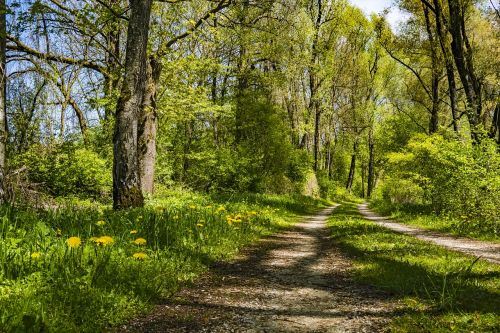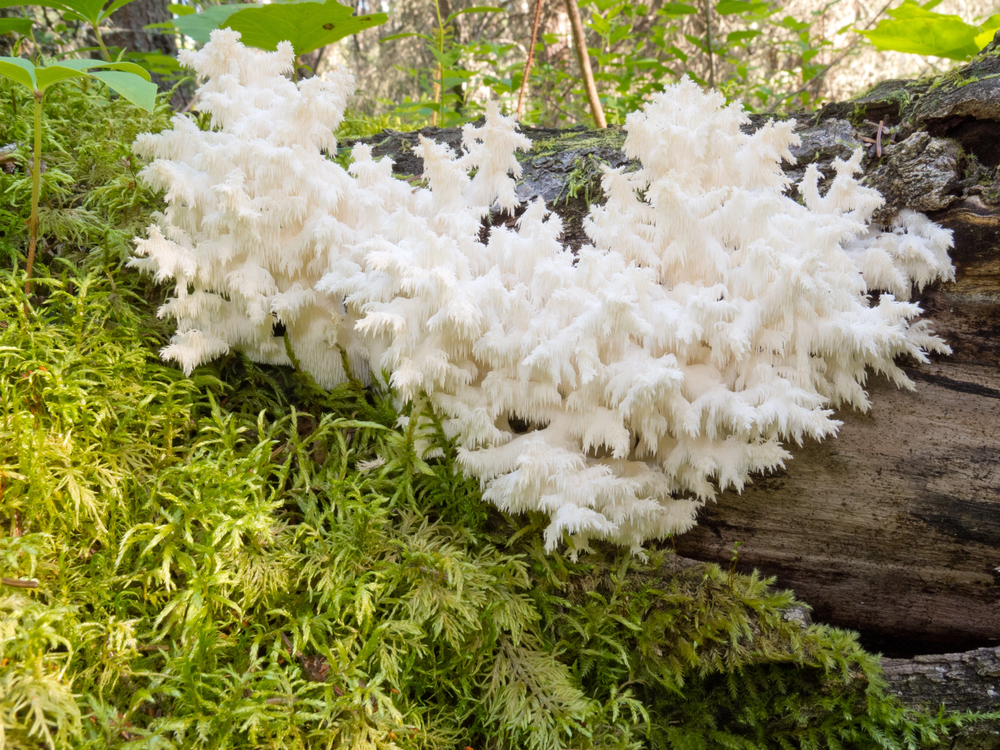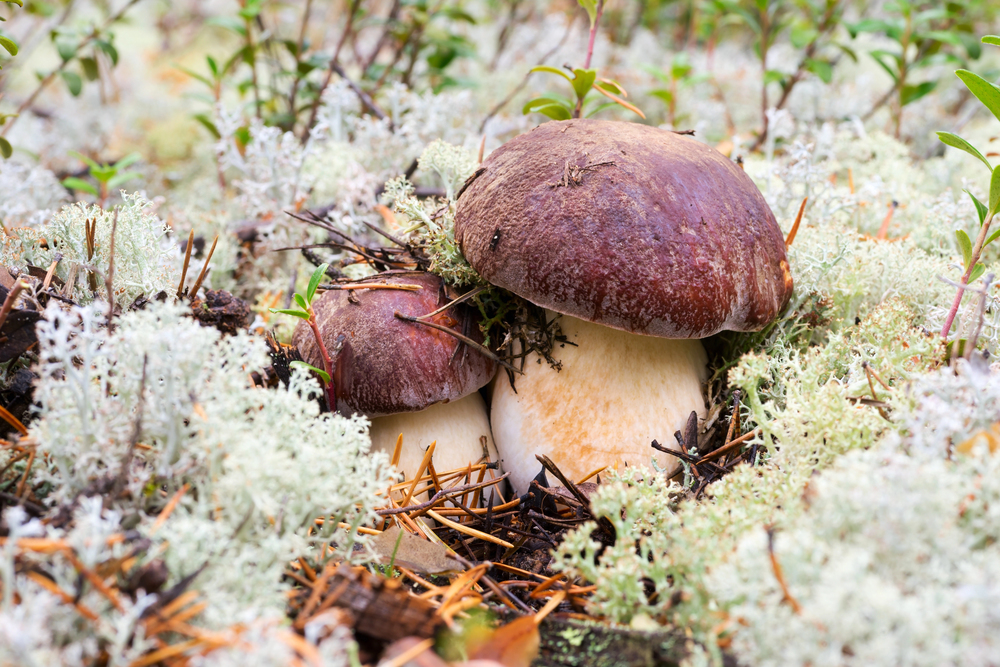In mycology, identifying King Boletes requires a keen eye for detail and a thorough understanding of their distinguishing features. The physical characteristics of these majestic fungi provide clues to their true nature, with subtle intricacies setting them apart from other fungi.
By examining their caps, stems, and undersides closely, one can unlock the secrets that define these regal mushrooms. However, the journey to uncovering the true identity of the King Bolete is filled with challenges and surprises, akin to a noble pursuit.
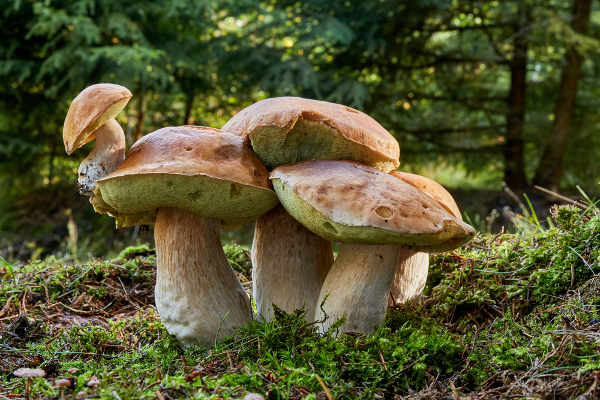
Physical Characteristics
King boletes, scientifically known as Boletus edulis, are recognized by their large, bulbous caps and sturdy stems. These mushrooms have caps ranging from 2 to 10 inches in diameter, with colors varying from light brown to dark brown.
The cap surface is dry and can appear slightly sticky when damp. Instead of gills, they have small, angular pores underneath the cap, which are characteristic of the Boletus genus. The pore surface starts white and changes to a yellowish-green color as the mushroom matures.
The stem is solid, firm, and slightly swollen at the base, matching the cap’s color or being slightly lighter. It is shorter in length compared to the cap’s diameter, with a thickness proportionate to support the large cap. Recognizing these physical features is important for accurately identifying king boletes in their natural environment.
Cap Features
Cap features are important for identifying the King Bolete mushroom. Variations in shape, color patterns, and texture are key distinguishing factors. A good understanding of these characteristics is essential for accurate identification of this species in its natural habitat.
Cap Shape Variations
Different species of boletes can be distinguished by variations in cap shape, which are vital for identification. Cap shapes like convex, flat, depressed, irregular, and umbonate help classify King Bolete mushrooms accurately.
Recognizing these variations is essential for identifying different types of King Bolete mushrooms in their natural habitat.
Color Patterns on Cap
The color patterns on the cap of a King Bolete mushroom are distinctive features for identification. The cap can range from reddish-brown to dark brown with a network-like pattern of lighter-colored lines or patches, forming diamond-shaped or hexagonal lattice, more pronounced at the center and fading towards the edges.
These patterns may vary with age and environmental conditions, making it essential to recognize them for accurate identification in its natural habitat.
Texture of Cap
The King Bolete mushroom’s cap is velvety or suede-like, setting it apart from other species. It is soft, slightly fuzzy, and smooth, with a consistent texture across the entire surface.
It can feel suede-like when gently rubbed and may appear slightly tacky or sticky.
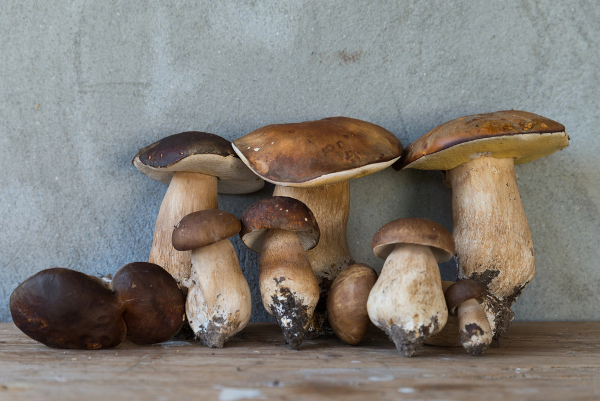
Stem Attributes
The King Bolete mushroom’s stem is stout and solid, typically creamy to light brown in color, ranging from 5 to 15 centimeters in height. It may be thicker at the base before tapering towards the cap, lacking the reticulation or scales found on the cap.
The stem has a slightly velvety or suede-like texture, especially at the base, and feels firm to the touch without easily bending or breaking. Examining the stem aids in identification, as its color, texture, and structure complement the cap and underside features of the King Bolete.
Underside Examination
Additionally, check the mushroom’s cap for a brown color and a dry surface, as these are key characteristics of the King Bolete.
It’s also important to be cautious when foraging for mushrooms in the wild, as some varieties can be toxic or inedible.
Gills or Pores?
When examining the underside of a King Bolete mushroom, one can differentiate between gills and pores.
Gills are thin, blade-like structures radiating from the stem, common in many mushrooms but absent in King Boletes.
Pores, small round holes under the cap, are a distinctive feature of King Boletes, with varying colors and arrangements aiding in identification.
Color of Underside?
The underside of a King Bolete mushroom shows a variety of colors useful for identification. Unlike gilled mushrooms, King Boletes have a porous underside that begins as white or pale yellow and changes to yellow-olive as it matures.
Bruising can turn the pore surface brown or greenish, helping differentiate it from toxic look-alikes. Environmental factors like humidity and sunlight can influence the color variation, emphasizing the importance of observing these changes for accurate identification of this edible mushroom.
Habitat and Growing Conditions
King Boletes form mycorrhizal associations with trees like oak, beech, birch, pine, spruce, and fir. They thrive in damp soil, often appearing after rain, and prefer shaded areas with cool temperatures. Late summer and early fall are ideal for their growth.
Potential Look-alikes
To accurately identify King Boletes and avoid toxic or unpleasant look-alikes such as the bitter bolete, bay bolete, and Satan’s bolete, it is essential to examine features like taste, spore print, and cap color; for more details, read the King Boletes Look-alikes article.
Odor and Taste Profile
To accurately identify King Boletes in the wild, it is essential to recognize their distinctive odor and taste. King Boletes typically have a pleasant, earthy aroma similar to fresh porcini mushrooms, with a mild, nutty taste and a hint of sweetness. They lack bitterness, unlike some toxic mushrooms, and develop a rich umami flavor when cooked.
Consistency in aroma is key for identifying King Boletes, as variations may indicate a different species. Recognizing these olfactory and gustatory traits is necessary for distinguishing King Boletes from potentially harmful look-alikes.
Harvesting Tips
To harvest King Boletes effectively, inspect the base for freshness and edibility. Look for a firm, unblemished base and avoid mushrooms with decay or insect infestation.
Cut the mushroom at the base with a sharp knife to prevent debris on the cap and preserve the mycelium. Harvest mature mushrooms only to sustain the ecosystem and promote future growth.
Safety Considerations
When foraging for King Boletes, ensure safety by:
- Thoroughly educating yourself on their identification
- Consulting experienced foragers
- Using reliable resources
- Avoiding risky areas
- Practicing caution by discarding any suspicious mushrooms.

